Home>Garden Essentials>How Many Romaine Lettuce Seeds Per Hole
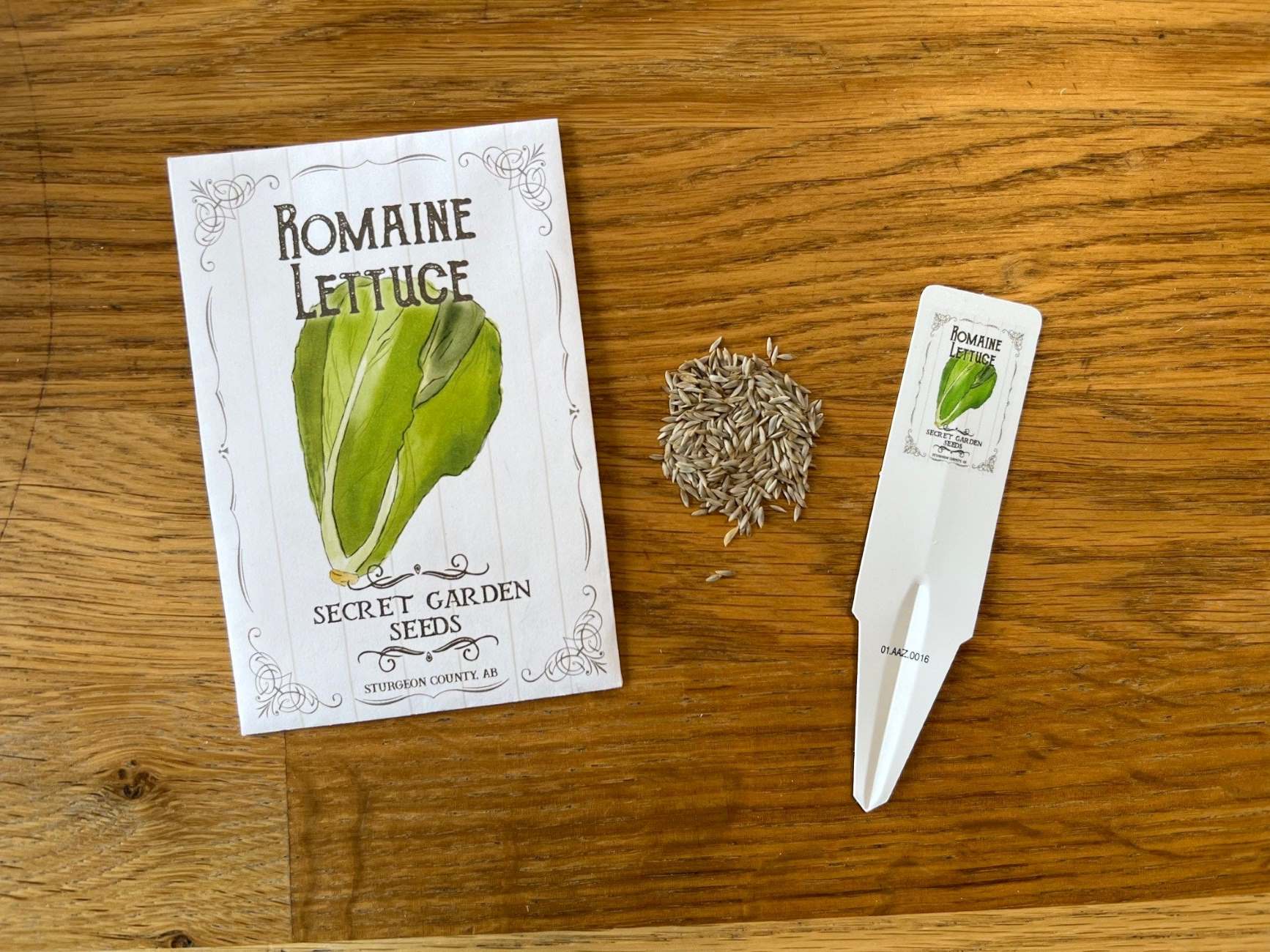

Garden Essentials
How Many Romaine Lettuce Seeds Per Hole
Modified: March 16, 2024
Discover the ideal number of romaine lettuce seeds per hole for your garden. Optimize your planting process with our expert tips and maximize your harvest.
(Many of the links in this article redirect to a specific reviewed product. Your purchase of these products through affiliate links helps to generate commission for Storables.com, at no extra cost. Learn more)
Introduction
Growing your own vegetables can be a rewarding and fulfilling experience, and if you’re a fan of fresh salads, then growing romaine lettuce should definitely be on your gardening to-do list. Romaine lettuce not only adds a delightful crunch to your salads but also provides a rich source of essential nutrients.
When it comes to planting romaine lettuce, one important factor to consider is the seed planting density. Planting density refers to the number of seeds you should plant per hole or area to achieve optimal growth and yield. The right planting density ensures that each lettuce plant has enough space to develop its root system, receive adequate sunlight, and have room for air circulation.
In this article, we will explore the factors that affect romaine lettuce seed planting density, provide recommendations for the ideal planting density, discuss the benefits of proper planting density, and highlight common mistakes to avoid. So, whether you’re an experienced gardener looking for fine-tuning your planting technique or a novice gardener eager to grow your own romaine lettuce, read on to discover all you need to know about romaine lettuce seed planting density.
Key Takeaways:
- Proper romaine lettuce seed planting density ensures healthy growth, reduces pests, and leads to bountiful harvests. Consider variety, garden space, and succession planting for optimal results.
- Avoid common mistakes like overcrowding and poor thinning to ensure romaine lettuce plants thrive. Adjust planting density based on variety for maximum yield.
Read more: How Many Flower Seeds Per Hole
Factors Affecting Romaine Lettuce Seed Planting Density
When determining the appropriate planting density for romaine lettuce seeds, several factors come into play. Understanding these factors will help you make informed decisions and ensure the optimal growth and development of your lettuce plants.
1. Variety: Different romaine lettuce varieties have varying growth habits and space requirements. Some varieties, such as ‘Parris Island’, are compact and can be planted more densely, while others, like ‘Rouge d’Hiver’, have larger heads and need more space between plants.
2. Garden Space: The available space in your garden or growing area will influence how densely you can plant your romaine lettuce seeds. If you have limited space, you may need to plant the seeds closer together and then thin them out as they grow to create adequate room for each plant.
3. Desired Harvest Size: The intended size of the harvested lettuce heads also plays a role in determining planting density. If you prefer smaller, more tender heads, you can plant the seeds closer together. But if you prefer larger heads, you will need to provide more space between the plants.
4. Environmental Conditions: Factors such as temperature, sunlight, and humidity can influence romaine lettuce growth. In regions with hot summers, it may be beneficial to plant the seeds at a slightly lower density to allow for better air circulation and reduce the risk of heat stress.
5. Soil Fertility: The nutrient content and fertility of the soil also impact romaine lettuce growth. If you have nutrient-rich soil or have added compost or organic matter, you can plant the seeds closer together as the plants will have access to ample nutrients.
6. Companion Plants: Some plants, when grown alongside romaine lettuce, can benefit its growth. For example, planting lettuce near herbs like dill or chamomile can repel pests and provide shade, allowing for denser planting. On the other hand, companion plants that have sprawling growth habits or strong root systems may require more space.
By considering these factors, you can determine the appropriate planting density for your romaine lettuce seeds to maximize growth, yield, and overall plant health.
Recommended Romaine Lettuce Seed Planting Density
While the specific planting density for romaine lettuce seeds may vary depending on factors such as variety, space availability, and desired harvest size, there are general guidelines to follow for optimal results.
1. Direct Seeding: For direct seeding in the garden or growing beds, it is recommended to plant romaine lettuce seeds approximately 6-8 inches apart. This spacing allows enough room for the lettuce plants to develop and prevents overcrowding as they mature.
2. Seed Tape or Pellets: If you’re using seed tape or pellets, they usually come with pre-determined spacing, which simplifies the planting process. Follow the instructions on the packaging to determine the appropriate spacing for your chosen variety.
3. Intercropping: Intercropping is the practice of growing different crops together in the same area. When intercropping romaine lettuce with other vegetables or herbs, you can plant the lettuce seeds between rows or in spaces left between larger plants, such as tomatoes or peppers. This allows for denser planting while utilizing available space effectively.
4. Successive Planting: To ensure a constant supply of romaine lettuce throughout the growing season, consider successive planting. Instead of planting all the seeds at once, stagger the planting by sowing a new batch of seeds every 2-3 weeks. This ensures a continuous harvest and helps manage plant density as some plants are harvested while others continue to grow.
Remember to adjust the planting density according to the specific needs of your chosen variety and the growing conditions in your garden. It’s always a good idea to refer to the seed packet or consult planting guides for specific recommendations on spacing and planting density.
By following these recommended planting densities, you can promote optimal growth, improve air circulation, and reduce the risk of diseases and pests in your romaine lettuce crop, resulting in healthy and bountiful harvests.
Benefits of Proper Romaine Lettuce Seed Planting Density
Proper romaine lettuce seed planting density plays a crucial role in the overall success of your crop. Here are some key benefits of ensuring the right spacing between your lettuce plants:
1. Healthy Plant Development: Providing adequate space to each romaine lettuce plant allows for proper root establishment and development. Sufficient space ensures that the plants can easily access nutrients and water from the soil, leading to healthy growth and robust foliage.
2. Air Circulation: Proper plant spacing improves air circulation around the lettuce plants. Good air circulation helps prevent the development of fungal diseases, such as powdery mildew and downy mildew, which thrive in humid and stagnant conditions.
3. Reduced Competition: When romaine lettuce plants are planted at the recommended density, they have enough space to grow without competing for resources like sunlight, water, and nutrients. Reduced competition allows each plant to reach its full potential and produce bigger and more flavorful leaves.
4. Preventive Measures: Planting lettuce at the appropriate density can act as a preventive measure against pests and diseases. When plants are overcrowded, there is an increased likelihood of pests spreading rapidly and diseases taking hold due to the lack of airflow and increased humidity. Proper spacing minimizes these risks.
5. Improved Harvest: The right romaine lettuce seed planting density leads to higher yields and better-quality harvests. With sufficient space for each plant to grow, they can develop larger, more substantial heads, resulting in more abundant and visually appealing lettuce crops.
6. Easier Crop Management: Adequate spacing between romaine lettuce plants simplifies maintenance tasks such as watering, weeding, and harvesting. It allows for easy access to the plants and reduces the risk of accidentally damaging adjacent plants during routine gardening activities.
By adhering to proper romaine lettuce seed planting density, you can enjoy a healthier crop, increase your harvest yields, and reduce the likelihood of plant diseases or pests. Taking these preventive measures will contribute to the overall success and satisfaction of your romaine lettuce gardening endeavors.
For romaine lettuce, plant 2-3 seeds per hole to ensure germination. Once they sprout, thin to the strongest seedling.
Common Mistakes in Romaine Lettuce Seed Planting Density
While romaine lettuce seed planting density is crucial for successful growth, there are some common mistakes that gardeners often make. Being aware of these pitfalls can help you avoid them and ensure optimal spacing for your romaine lettuce plants:
1. Overcrowding: One of the most common mistakes is planting romaine lettuce seeds too closely together. Overcrowding leads to competition among plants for resources, stunted growth, and increased susceptibility to diseases and pests. Be sure to follow recommended spacing guidelines or seed packet instructions.
2. Poor Thinning: Thinning is the process of removing excess seedlings to maintain proper spacing. Neglecting to thin romaine lettuce plants can result in overcrowding and hinder plant development. Thin seedlings when they have developed their first set of true leaves, leaving only the healthiest and strongest plants.
3. Uneven Spacing: Inconsistent spacing between romaine lettuce plants can cause irregular growth patterns and a patchy appearance. Use precise measurements or tools, such as a seed planter or seed tape, to maintain consistent spacing.
4. Planting Too Deep: Planting romaine lettuce seeds too deep can impede germination and hinder seedling emergence. Follow the recommended planting depth for your specific variety, usually shallow, to ensure successful sprouting.
5. Ignoring Seedling Strength: Neglecting to assess the vigor and health of romaine lettuce seedlings can lead to weak plants that struggle to compete with neighboring ones. Choose only the strongest and healthiest seedlings for transplanting or thinning.
6. Not Adjusting for Variety: Each romaine lettuce variety may have different spacing requirements due to variations in growth habits and head sizes. Failure to consider these differences can result in cramped or underdeveloped plants. Research and understand the specific needs of the variety you are growing.
7. Forgetting Successive Planting: Planting all your romaine lettuce seeds at once without considering successive planting can lead to a surplus of lettuce at one time and a scarcity at others. Stagger your seed sowing every few weeks to ensure a continuous harvest throughout the season.
By avoiding these common mistakes, you can ensure the proper spacing and healthy development of your romaine lettuce plants. Taking the time to plan and execute your planting density correctly will contribute to a successful and bountiful romaine lettuce harvest.
Read more: How Many Seeds Of Corn Per Hole
Adjusting Romaine Lettuce Seed Planting Density for Different Varieties
Romaine lettuce comes in various varieties, each with its own growth habits, head sizes, and spacing requirements. To achieve optimal growth and maximize yield, it is important to adjust the seed planting density according to the specific needs of the variety you are growing. Here are some guidelines for adjusting the planting density for different romaine lettuce varieties:
1. Compact Varieties: Compact romaine lettuce varieties, such as ‘Little Gem’ or ‘Parris Island’, have smaller heads and can tolerate closer planting. For these varieties, you can space the seeds or transplants around 4-6 inches apart. This denser planting allows you to grow more plants in a limited space.
2. Large-Headed Varieties: Varieties like ‘Rouge d’Hiver’ or ‘Green Towers’ have larger heads and require more space for proper growth. Plant these varieties with a spacing of 8-10 inches between each seed or transplant. This wider spacing allows the plants to develop fully without competition and ensures sufficient airflow.
3. Leafy Varieties: Some romaine lettuce varieties, such as ‘Forellenschluss’ or ‘Romaine Parris Island Cos’, are grown primarily for their flavorful and tender leaves rather than forming a distinct head. These leafy varieties can be planted at a slightly higher density, around 4-8 inches apart, as the focus is on harvestable leaves rather than head size.
4. Succession Planting: Regardless of the variety, succession planting is a useful technique to ensure a continuous harvest of romaine lettuce. Instead of planting all the seeds or transplants at once, stagger the planting every 2-3 weeks. This allows you to adjust the planting density based on the stage of growth of the previous batch and prevents overcrowding as plants are harvested at different times.
5. Companion Planting: Another strategy for adjusting planting density is incorporating companion plants. Some companion plants, such as radishes or onions, can be interplanted with romaine lettuce to maximize space usage. However, avoid planting companion plants that may compete for resources or shade the romaine lettuce excessively.
Always refer to the information provided on the seed packet or consult reliable gardening resources for specific recommendations on planting densities for different romaine lettuce varieties. Adjusting the planting density according to the growth habits and head sizes of the varieties you are growing is crucial for optimizing plant health, ensuring proper air circulation, and maximizing your romaine lettuce harvest.
Conclusion
Proper romaine lettuce seed planting density is a key factor in achieving successful growth and a bountiful harvest. By considering factors such as variety, garden space, desired harvest size, environmental conditions, soil fertility, and companion plants, you can determine the appropriate spacing for your romaine lettuce seeds.
Following recommended planting densities, whether through direct seeding or using seed tape or pellets, allows each romaine lettuce plant to develop a healthy root system, receive adequate sunlight, and benefit from proper air circulation. This promotes optimal growth, reduces the risk of diseases and pests, and ultimately leads to higher yields of flavorful and nutritious lettuce.
Benefits of maintaining proper planting density include healthy plant development, improved air circulation, reduced competition, preventive measures against pests and diseases, improved harvest quality, and easier crop management.
However, it’s crucial to avoid common mistakes such as overcrowding, poor thinning, uneven spacing, planting too deep, ignoring seedling strength, not adjusting for variety, and forgetting successive planting. Being aware of these mistakes helps ensure the right spacing between romaine lettuce plants, allowing them to thrive and produce an abundant harvest.
Furthermore, adjusting the romaine lettuce seed planting density based on the specific needs of different varieties is essential. Compact varieties can be closely planted, while large-headed varieties require more space. Leafy varieties allow for higher density planting, and succession planting ensures a continuous supply of lettuce throughout the season.
In conclusion, by paying attention to romaine lettuce seed planting density, you can create an optimal growing environment, promote healthy growth, and enjoy a plentiful supply of fresh, homegrown romaine lettuce. So, grab your seeds, follow the recommended planting densities, and get ready to savor the delights of freshly harvested romaine lettuce straight from your garden.
Frequently Asked Questions about How Many Romaine Lettuce Seeds Per Hole
Was this page helpful?
At Storables.com, we guarantee accurate and reliable information. Our content, validated by Expert Board Contributors, is crafted following stringent Editorial Policies. We're committed to providing you with well-researched, expert-backed insights for all your informational needs.
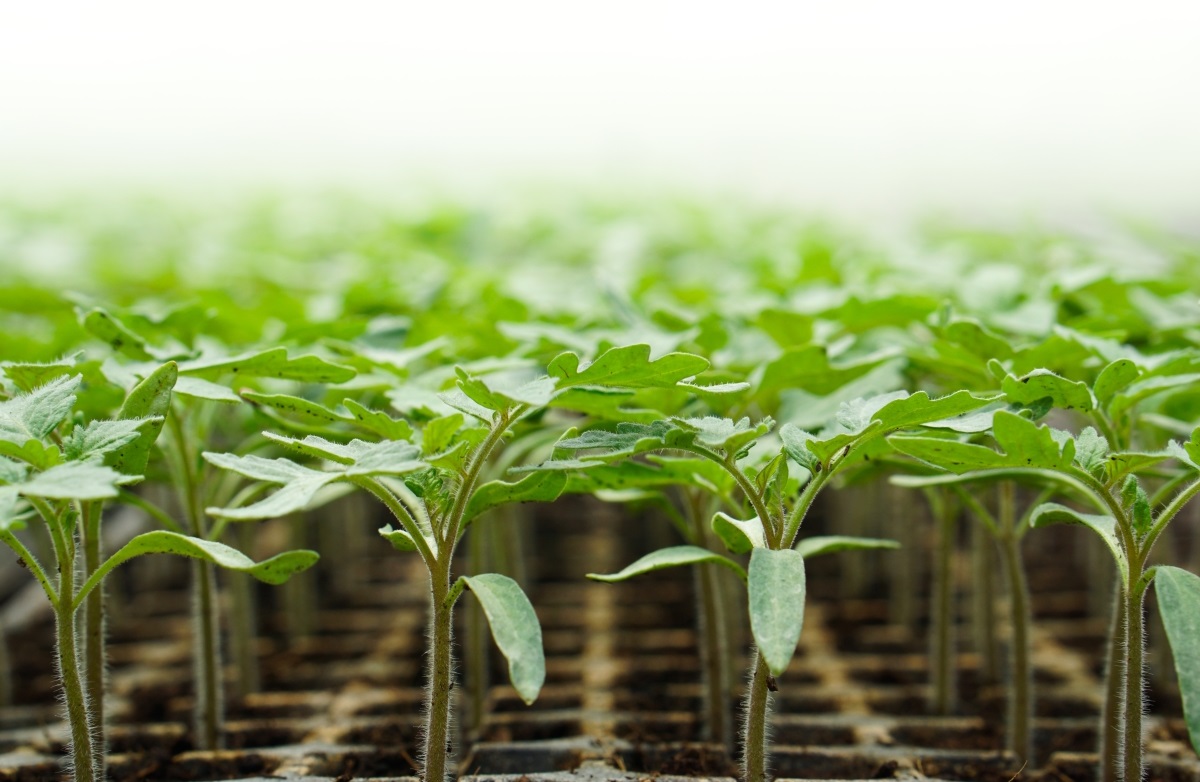
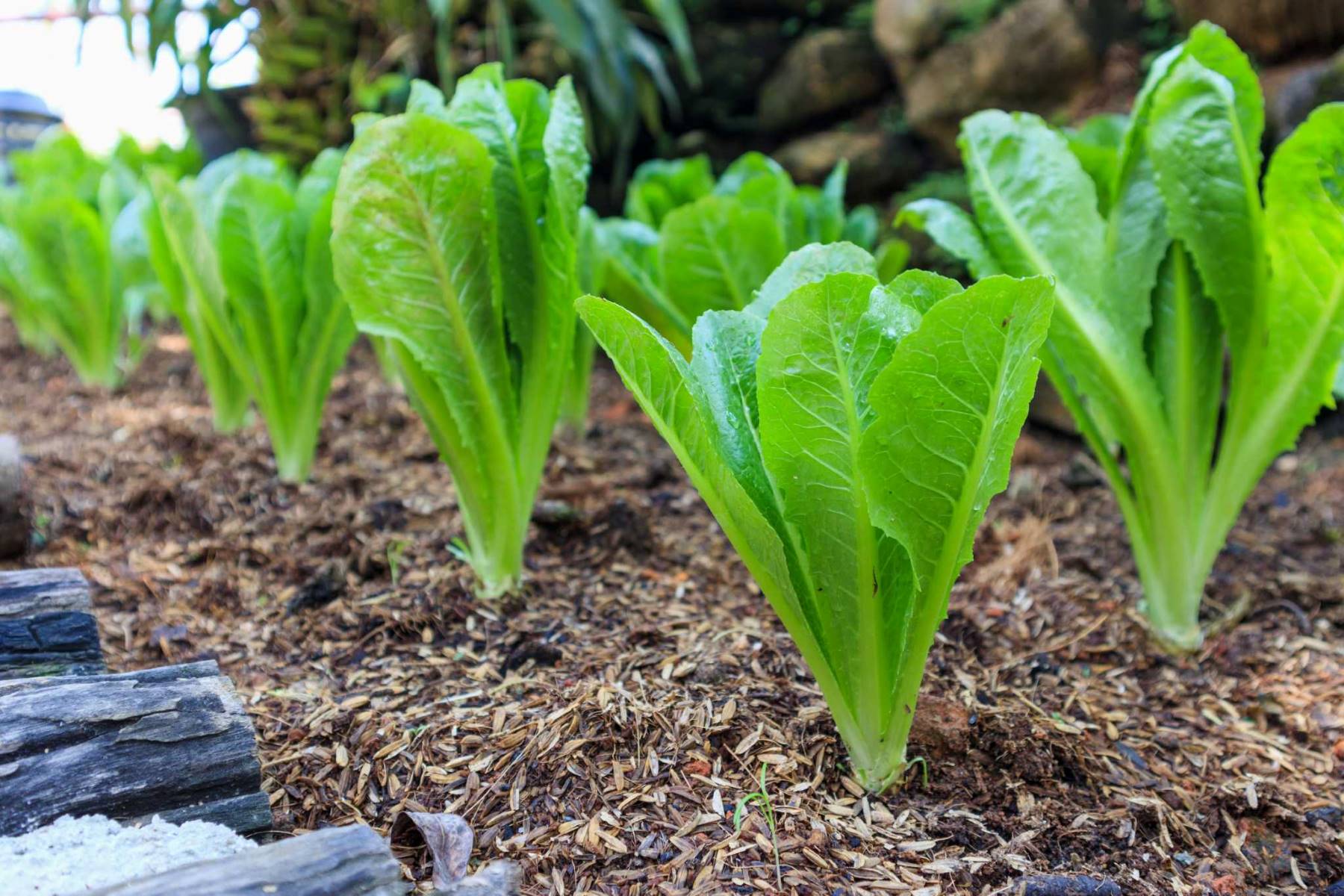
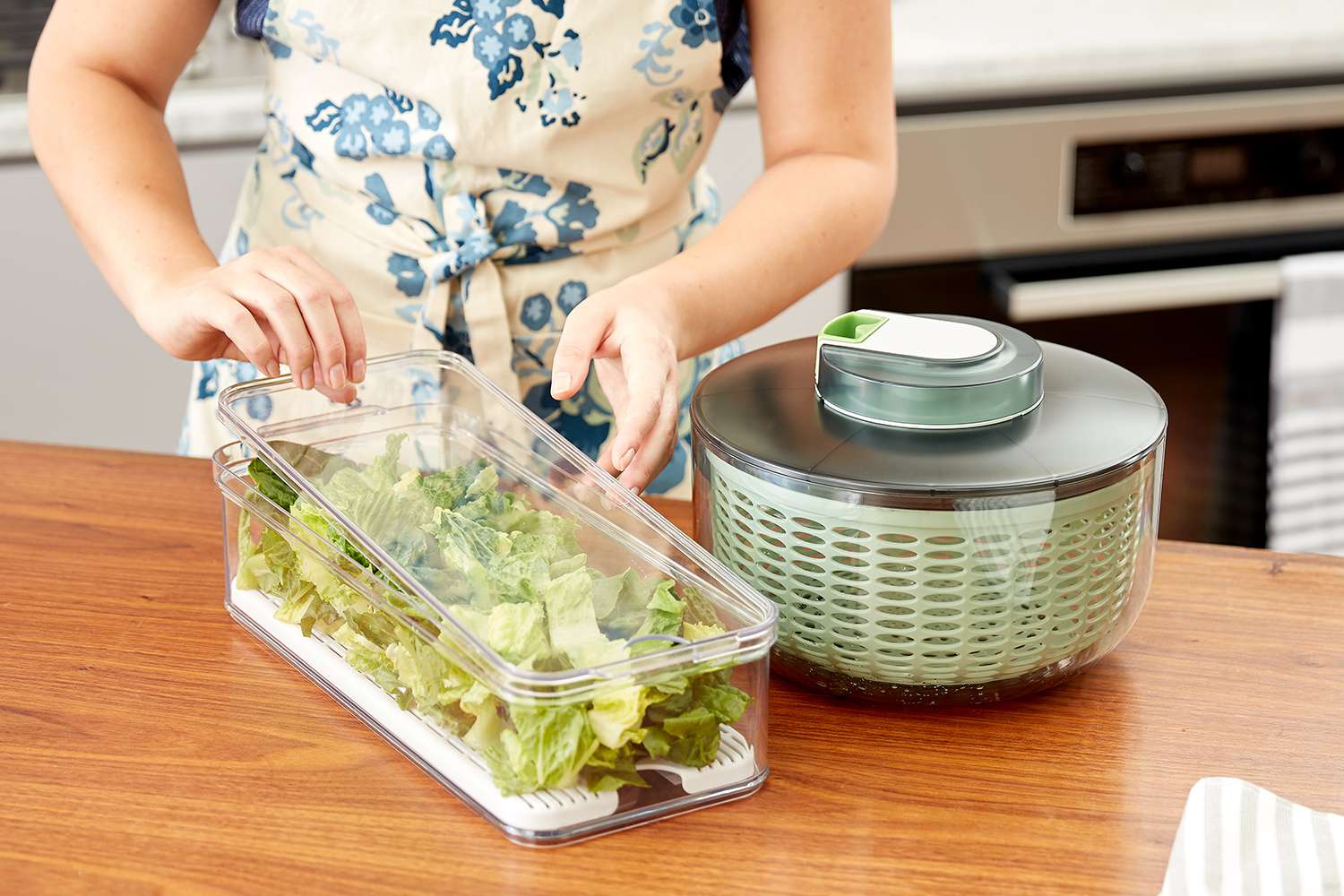

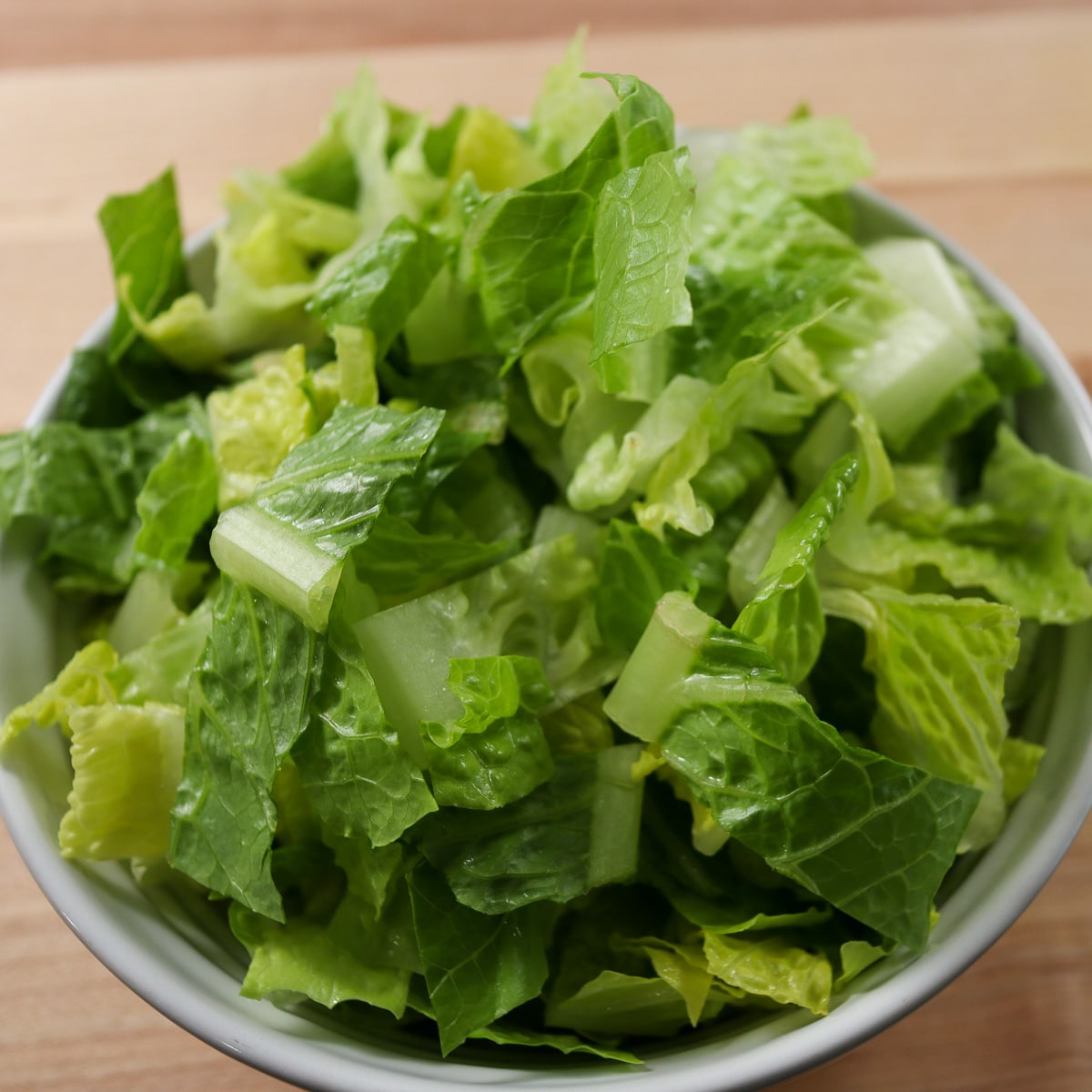
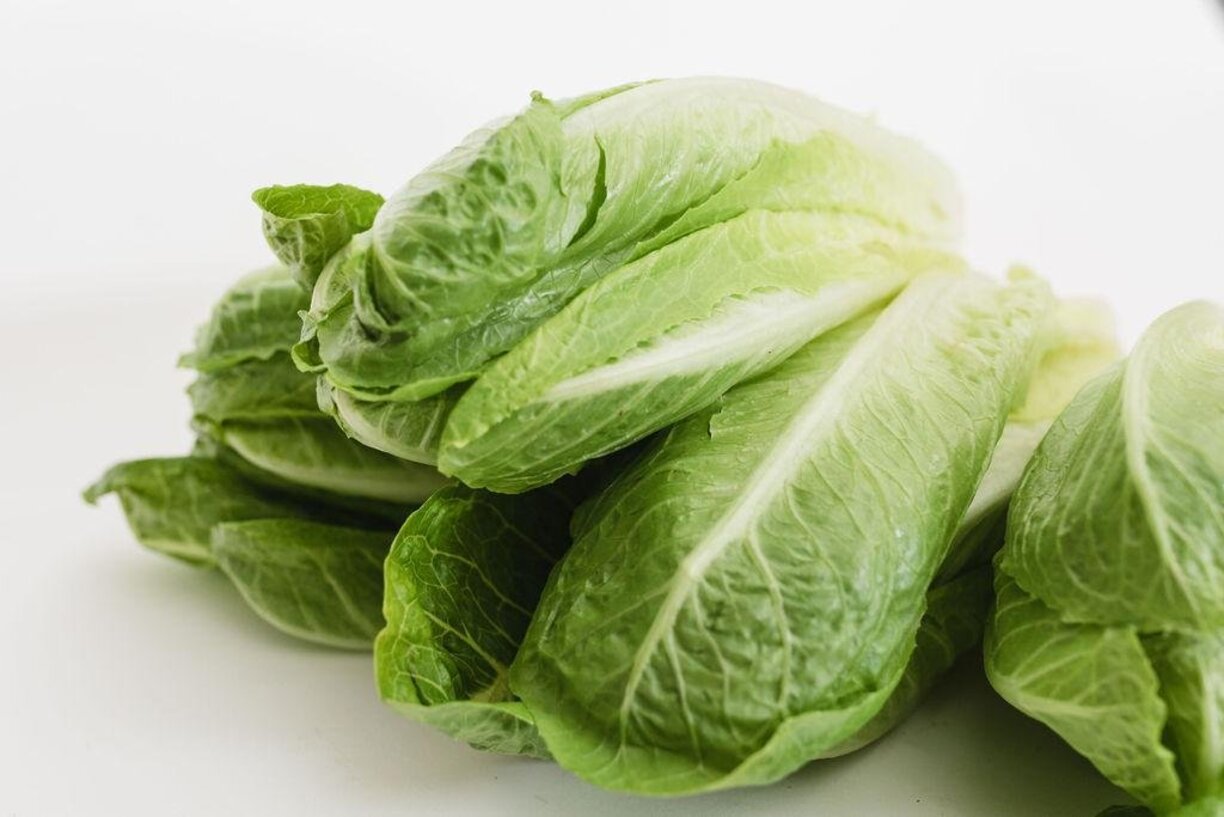
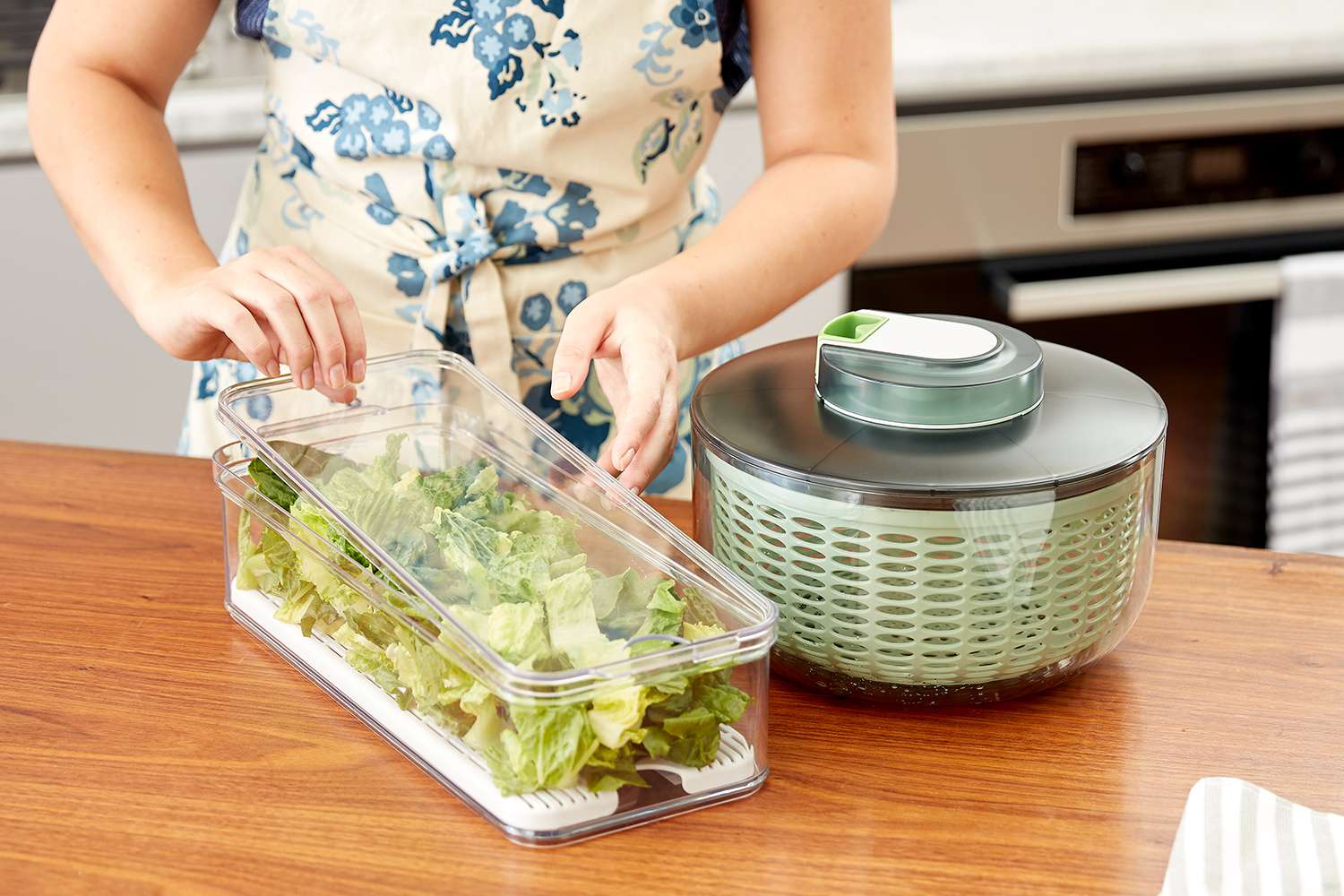
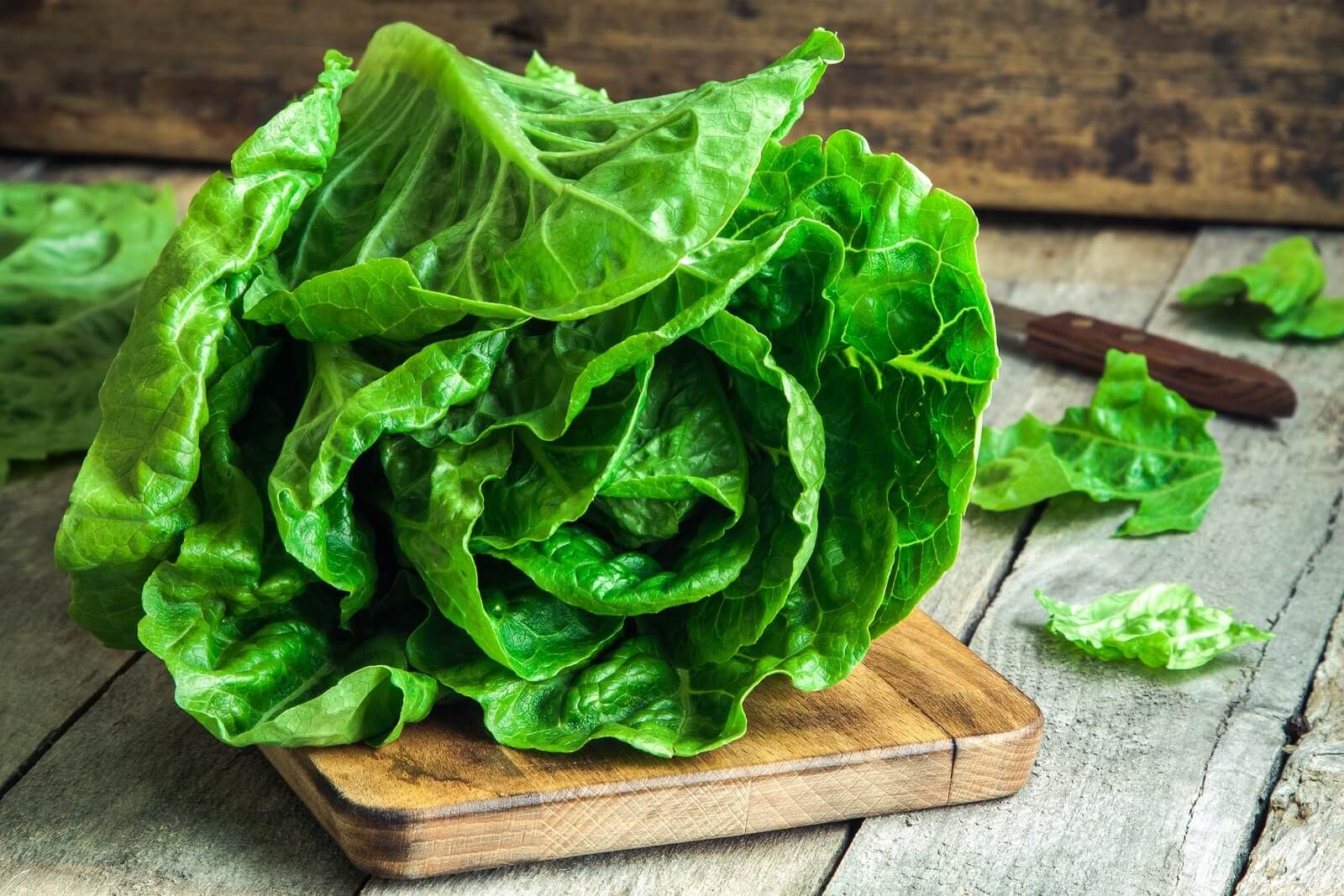
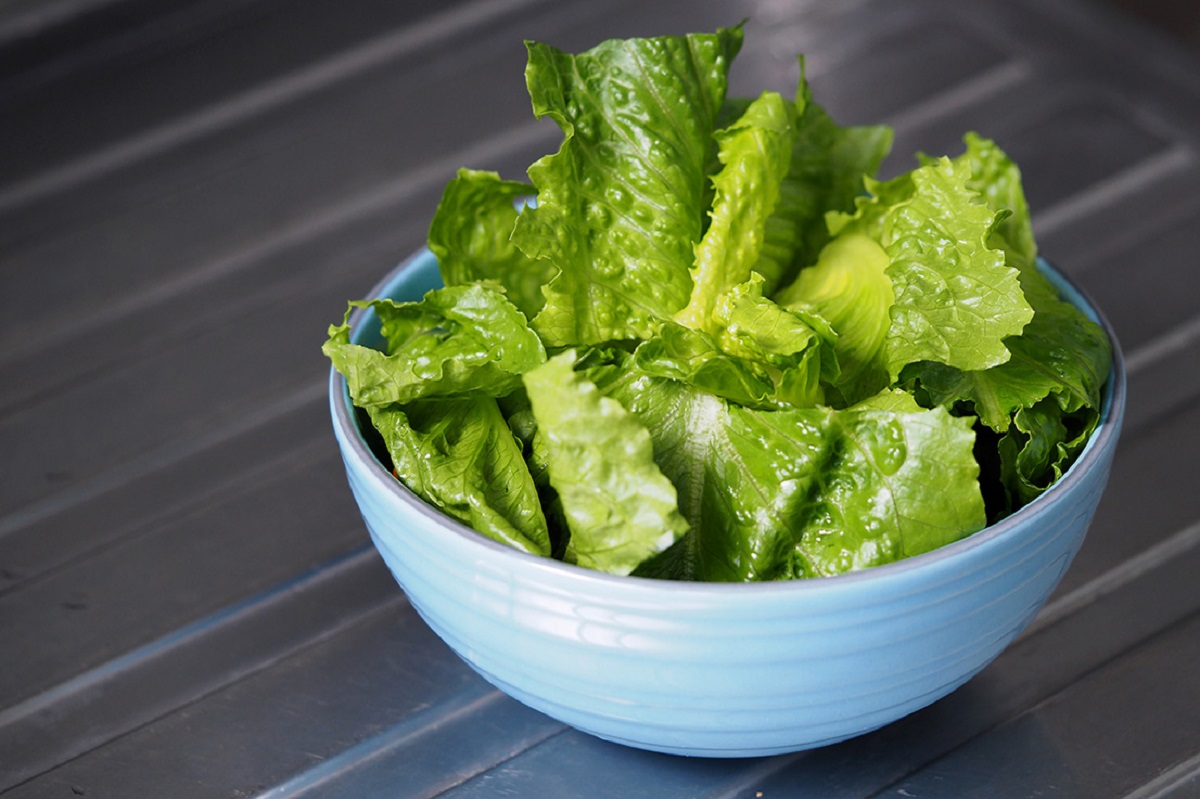


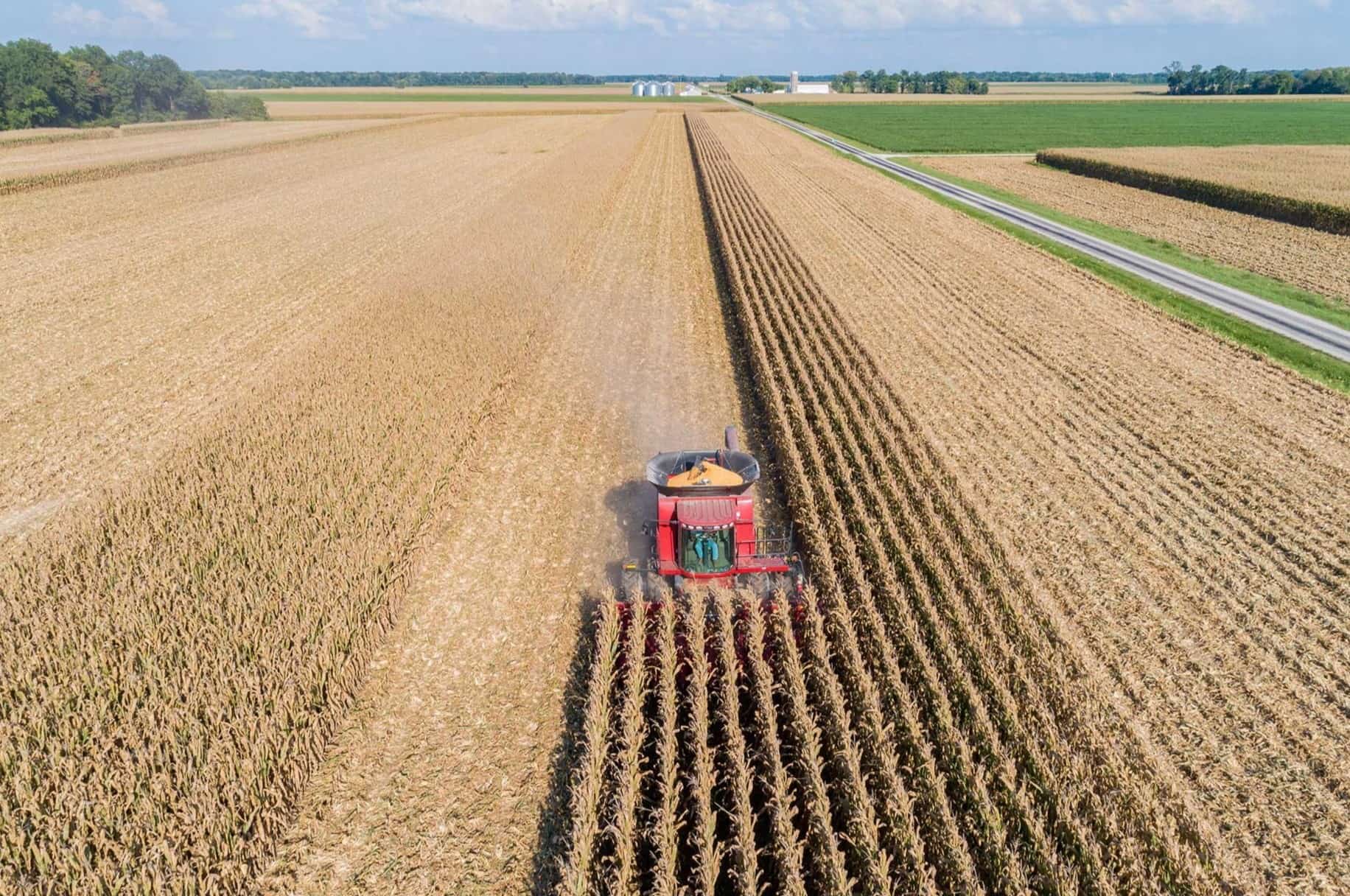
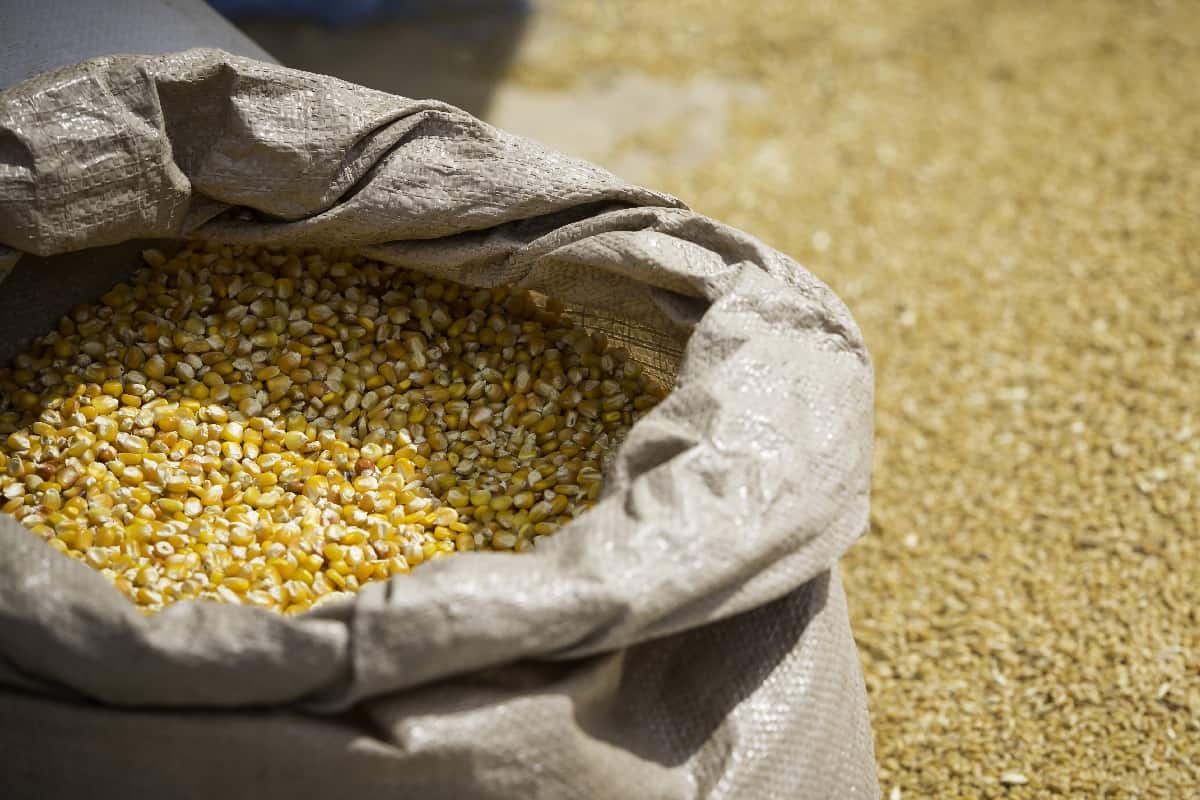
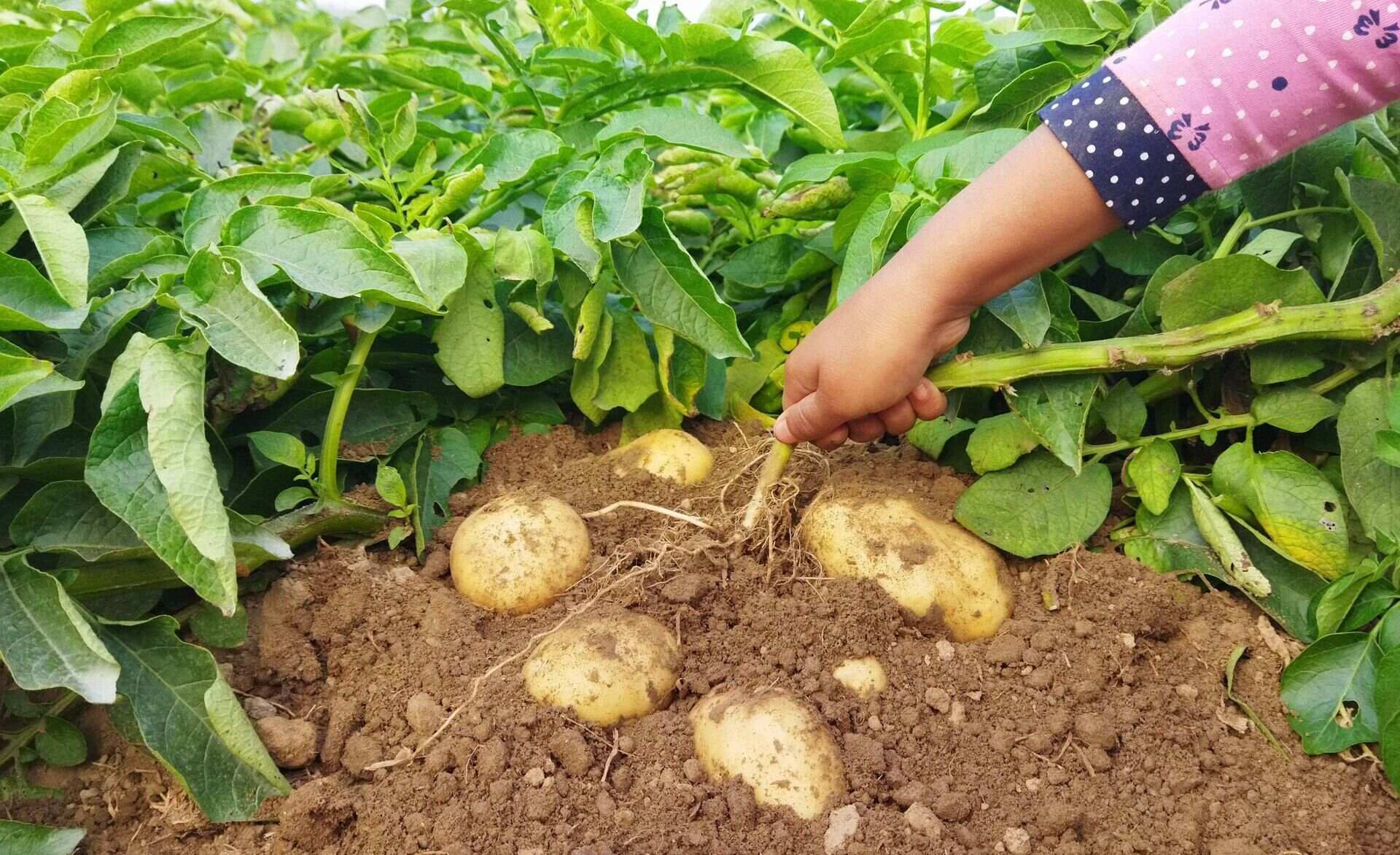

0 thoughts on “How Many Romaine Lettuce Seeds Per Hole”